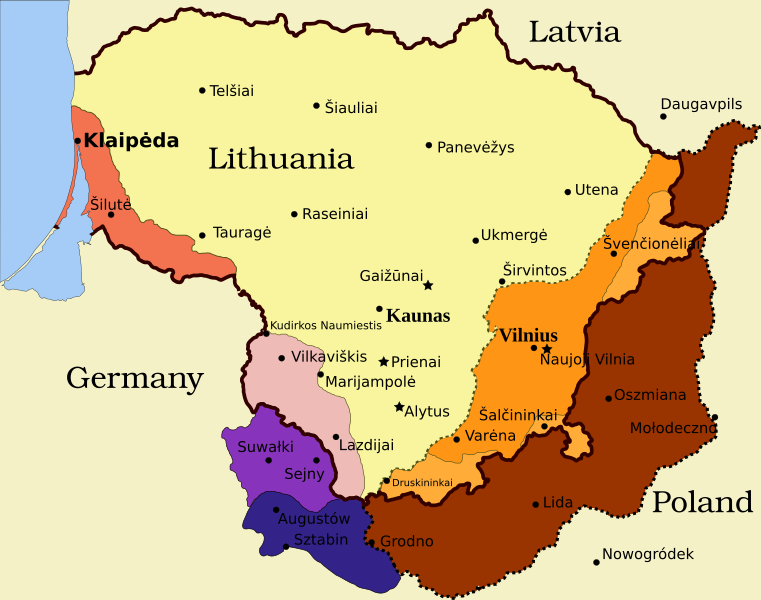 |
| Daisy & Dorothy Schwartz, mid-1920s |
One draft that my twin sis and I recently found was for a magazine article titled, "I'm Proud of My Twins, But . . . " It was about Mom's experience growing up as a twin (her sis was Dorothy Schwartz, 1919-2001), and her experience raising twins.
Mom writes that her mother (Hermina "Minnie" Farkas Schwartz, 1886-1964, my maternal grandma) made a big mistake.
Mom Waits for Her Baby
Early in the article, Mom thinks back to a remark she herself made late in her own pregnancy. This was in the old, old days, the time before ultrasound. Nobody knew whether a baby would be a boy or a girl, let alone how many.
Mom told a neighbor just days before going to the hospital to give birth:
"If I ever have a set of twins, I'll never make the same mistake my mother did."Surprise! Twins
It was quite a surprise to the whole family when Mom had two little girls, only two minutes apart, neither weighing 5 lbs.
My father (Harold Burk, 1909-1978) spent an entire roll of dimes making calls to family and friends from the pay phone on the maternity ward. (I did say it was the old, old days.) Happy phone calls, spreading the surprising news about Mom having twins! Even a week later, my Grandma Minnie was quite speechless when asked how it felt to have twin granddaughters.
Grandma Minnie's Mistake
Eleven years after her twins were born, here's what my Mom wrote about Minnie's mistake. The all-caps are from the original typewritten draft.
"What was The Mistake my mother made that I set out to rectify? It was PRIDE . . . dressing twins alike, urging them to follow the same bent, keeping them in each other's company constantly, and sharing everything."My mother and her twin sister were dressed alike until age 18, and sat together in classrooms throughout their school careers until graduating high school. Mom was the younger twin, and often looked to her sister for emotional support and friendship. During WWII, when Auntie Dorothy joined the WAACs and was away from home for several years, Mom had to learn a new kind of independence, which was challenging but also rewarding, she writes.
Avoiding the Mistake
In the rest of the article, Mom writes about encouraging each twin to be an individual and be independent. She mentions specifics, including separate wardrobes, separate classes, separate friends, and separate interests for each child.
However, as my Sis points out, separating us meant that one twin sometimes had a better teacher while the other twin was in a far less-desirable class situation. Mom and Dad didn't acknowledge or appreciate that separating us in school could have negative consequences for the twin who was not with the better teacher or better class.
As my husband points out, parents try their best, and wind up making different kinds of mistakes than our parents made. That's what happened when Mom tried to avoid her mother's mistake while raising twins.
Yet in the end, Mom accomplished her goal of encouraging Sis and me to choose our own ways of life, with our own friendships, interests, careers, and tastes.
--
Thanks to Amy Johnson Crow for the "mistake" prompt for week 37 in her long-running #52Ancestors series.





























